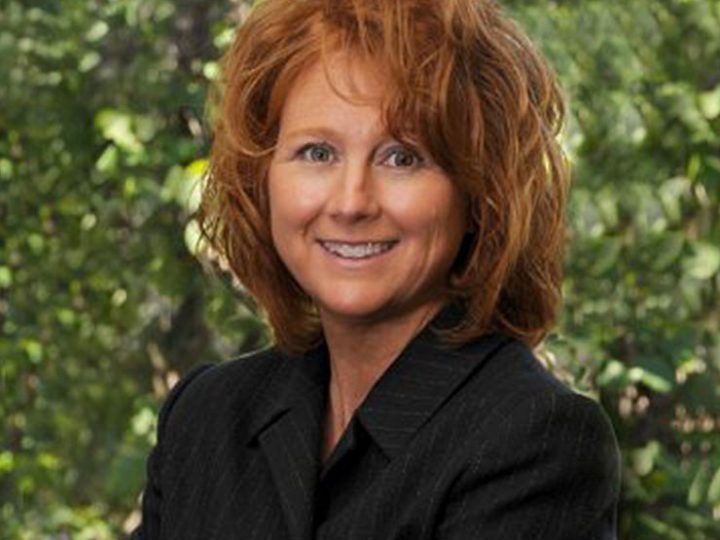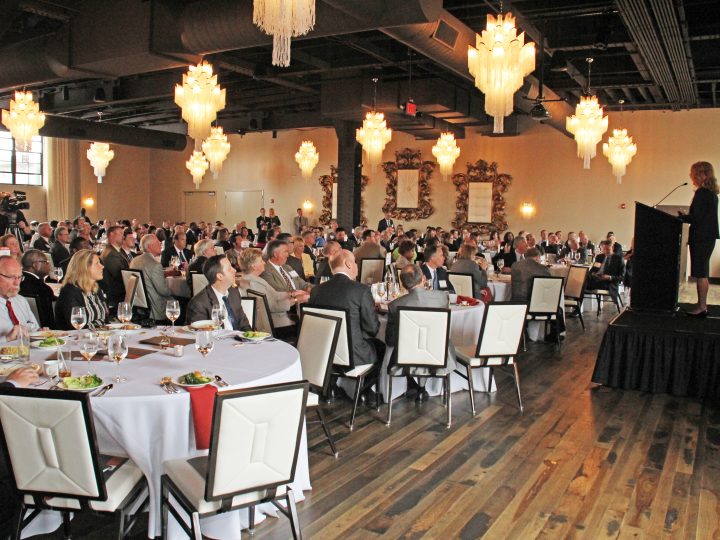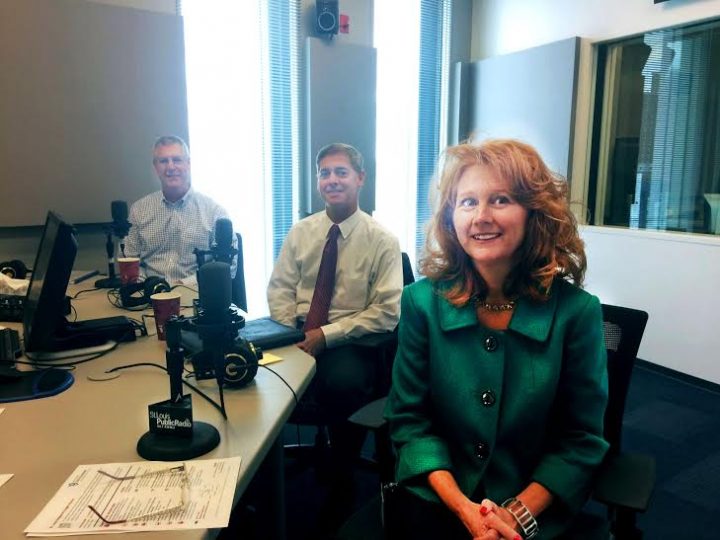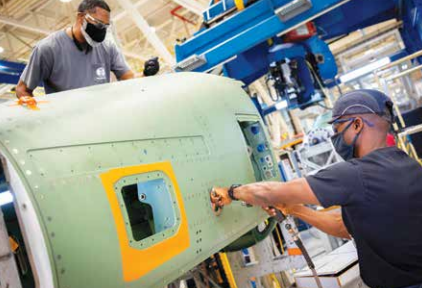
Workforce development is a top priority for the St. Louis region’s airports and aerospace and aviation companies. As businesses like The Boeing Company, Gulfstream Aerospace Corp. and West Star Aviation continue to grow in the St. Louis area and regional airports continue to expand operations, skilled employees will be needed to fill open positions. Industry leaders are focused on growing the next generation of aviators to fulfill these needs.
Gulfstream Aerospace Corp., which has more than 20,000 employees worldwide and has been operating at St. Louis Downtown Airport in Cahokia Heights, Ill., since 2017, is focused on growing the workforce amid its current expansion. A new $28.5 million completions facility opened at St. Louis Downtown Airport in June 2023, augmenting the company’s existing Maintenance, Repair and Overhaul (MRO) facility. This is the fourth Gulfstream Aerospace completions facility in the United States. More than 500 individuals are employed at the facility at St. Louis Downtown Airport, and the expansion will add another 200 jobs. To help continue to build the talent pipeline, the company has been partnering with Belleville East High School, Belleville West High School and Cahokia High School. According to Anthony Ray, Vice President and General Manager, St. Louis Completions at Gulfstream, the company is also currently participating in the Center for Advanced Vocational Excellence (CAVE).
“We have Gulfstream employees and subject matter experts that basically go to these schools every single week and train high school students on the various types of skilled jobs that are out there in aviation,” he said. “We’re very excited about that. We also have a robust apprentice program where high school juniors and seniors can work full-time during the summers at Gulfstream, and then they work part-time during school year. It gives them the opportunity to apply for full-time jobs once they graduate from high school, and they’ll have worked with us, and they will know exactly what those skilled trades are.”
Ray says the company is also establishing a student leadership program and has other initiatives that expose students to the aviation industry through projects, field trips and events.
The Boeing Company, which has more than 16,000 employees in the St. Louis region, is expanding operations at St. Louis Lambert International Airport and MidAmerica St. Louis Airport.
To expose students to STEM and get them interested in possibly exploring STEM-related careers, Boeing St. Louis sponsors local robotics teams and also has a makerspace – with 3D printers, simulators and other equipment – available for students to check out. Randell Gelzer, Senior Director of Government Operations for The Boeing Company, says that the company partners with the Missouri Chamber of Commerce and Industry on a STEM Signing Day every year for high school students, and Boeing offers high school-level internships. The company also supports Manufacturing Month and Manufacturing Day, providing opportunities for students and guidance counselors to visit Boeing St. Louis and see what a modern day aviation industry working environment and career in STEM looks like.
Gelzer said military bases in Missouri and Illinois – including Scott Air Force Base, Fort Leonard Wood and Whiteman Air Force Base – are also great sources of talent for the aerospace industry. Boeing has relationships with higher education institutions in both states and recruits from those institutions. One of those partnerships is with St. Louis Community College, where the company has two training programs that are free to eligible students with guaranteed interviews at Boeing for students who successfully graduate from the two programs. One is an assembly mechanic program, and the other is a composite specialist program.
“We recently just hired our 1,000th graduate out of the St. Louis Community College program,” Gelzer said. “We also just made a major investment in the advanced manufacturing innovation center in North St. Louis City, so we are heavily involved in this evolution of St. Louis as an advanced manufacturing hub for the Midwest.”
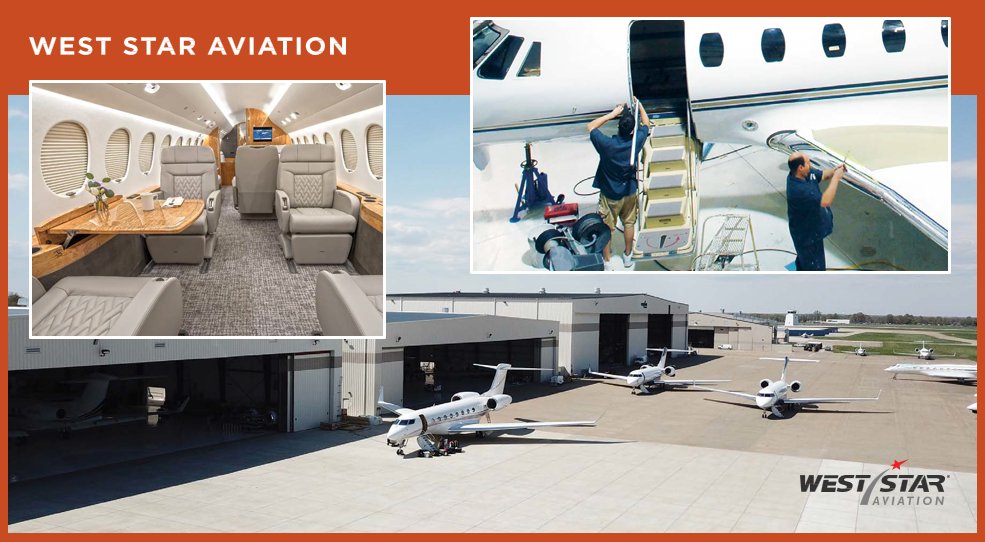
West Star Aviation, which has two locations in the bi-state area at St. Louis Regional Airport and St. Louis Downtown Airport, recently partnered with Southwestern Illinois College to launch a new aviation academy after finding out the student enrollment numbers do not support the growth in the region and many potential students cannot afford the cost of attending college.
“West Star (Aviation) Academy will eliminate two of these barriers and empower more local talent aspiring to become aviation technicians,” said Brian Bauwens, who serves as General Manager for West Star Aviation’s two locations. “It’ll allow them to obtain a job, the skills and experience to grow their careers and play a vital role in the aviation industry.”
Bauwens says 50 students have already enrolled, and more are expected by the time West Star Aviation Academy is operational in early 2024. The seven-and-a-half-month curriculum will enable students to serve as full-time apprentices, earning wages and benefits while they are training and providing them with the opportunity to earn their FAA licenses. After graduation, their wages increase, and they’ll continue ongoing training while working.
“I think we can consider St. Louis to be an aviation mecca and access to talent and the relationships all plays a part in this, but our biggest challenge is the education piece of getting more people in the workforce pipeline,” said Bauwens.”
Local airports are also doing their part to help grow the talent pipeline. St. Louis Downtown Airport collaborates with its tenants to host a variety of events to expose students to the aviation industry.
“We host summer camps, an educators’ day where middle and high school teachers come in and learn about the aviation industry and what we have to offer their students, and Young Eagles flights – which provide area youth with their first free plane ride,” said Sandra Shore, Director at St. Louis Downtown Airport. “And we also host a Girls in Aviation Day each year with Saint Louis University, where 150 girls from all across the region find out about careers in aviation.”
Spirit of St. Louis Airport located in Chesterfield, Mo., is working to give back to the community through its annual Spirit of St. Louis Air Show and STEM expo, and its partnership with the Red Tail Cadet Program. This is a free six-week, immersive flight-training experience, designed to introduce students to the aviation industry and teach young people to fly.
“It’s a residential program,” said John Bales, Director of Spirit of St. Louis Airport. “They arrive on Sunday night; wheels are up on Monday morning at eight o’clock and then students participate in ground school. And then at night, they take part in business literacy classes given by the community.”
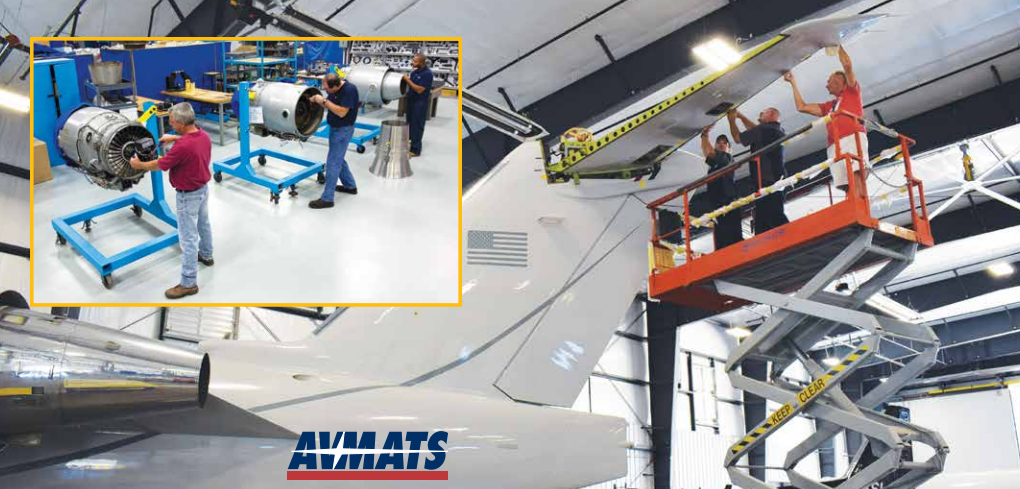 AVMATS, a small, family-owned company that services and supports small to mid-sized business jets and some military aircraft, has seen success in retaining workers long-term and believes more needs to be done across the industry to attract and retain aviation talent to the St. Louis area. The company has approximately 150 employees and boasts an average employment term of 13 years, with a small group of employees who have been there since the company’s founding 45 years ago.
AVMATS, a small, family-owned company that services and supports small to mid-sized business jets and some military aircraft, has seen success in retaining workers long-term and believes more needs to be done across the industry to attract and retain aviation talent to the St. Louis area. The company has approximately 150 employees and boasts an average employment term of 13 years, with a small group of employees who have been there since the company’s founding 45 years ago.
Jason Noll, who serves as Director of Sales & Marketing for AVMATS, said he believes growing the workforce can be addressed using a three-pronged approach involving both the airports and their tenants. He said airports must support a pro-business environment that makes companies want to expand and grow and create new jobs here in the St. Louis region. He said Spirit of St. Louis Airport in Chesterfield – one location that AVMATS operates out of – is doing a great job of that. He also said he believes companies need to focus on growing the workforce by introducing students to the aviation industry and providing opportunities for them to pursue an aviation or aerospace-related career.
“Boeing, Gulfstream and West Star Aviation are doing the exact things we need to do to grow the talent pipeline,” Noll said. “We need more people wanting to enter this industry, and unfortunately, at least on the aviation maintenance and technical support side of things, we’ve seen schools across the nation closing down because the demand is going elsewhere. A renewed investment in having our local high schools and colleges push an aviation curriculum will help. These three companies taking the lead is one fantastic step.”
Noll also emphasized that as part of the three-pronged approach, the entire industry must continue to invest in local communities to ensure St. Louis is a place where people want to live, work and raise families.
“We need to make St. Louis the place where the next generation of aviators want to come,” he said.
Aviation and aerospace workforce development efforts was one of the topics discussed as part of the second annual Take Flight Forum held November 8. The event was hosted by Bi-State Development and the St. Louis Regional Freightway. Moderator Mary Lamie, Executive Vice President of Multimodal Enterprises for Bi-State Development, announced during the event that the St. Louis Regional Freightway will be collaborating with all the panelists and several other leaders in the education sector to launch a new taskforce that will support the various workforce efforts. The purpose of the St. Louis Regional Aerospace Manufacturing and Aviation Taskforce is to provide a platform for bi-state leaders to share industry related information, programs and events that could help connect, promote and elevate the continued growth of the aerospace manufacturing and service and aviation industries.
The forum featured aviation and aerospace industry experts from the Boeing Company, Gulfstream Aerospace Corporation, West Star Aviation, and AVMATS; as well as the directors from the five busiest airports serving the St. Louis region. The leaders came together to discuss the significance of the bi-state area’s aerospace and aviation industries, recent and planned investments, and job opportunities in this vibrant sector of the St. Louis region’s economy. Between the airports and the aerospace companies, a total of $5 billion in investments are collectively being poured into the St. Louis region’s aerospace manufacturing and aviation ecosystem, creating 1,000 jobs. Click here to learn more.


